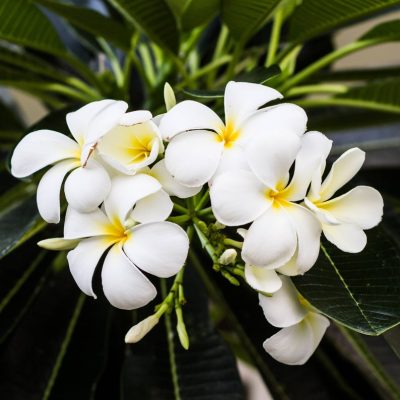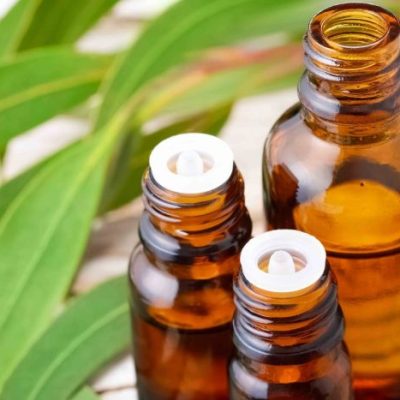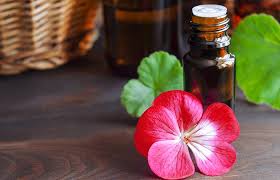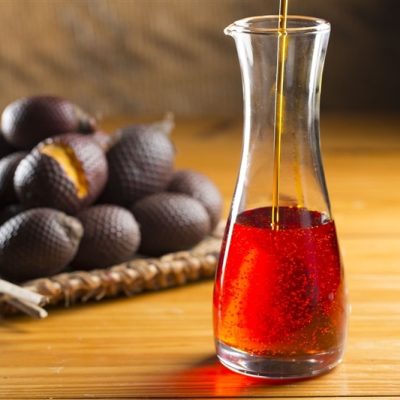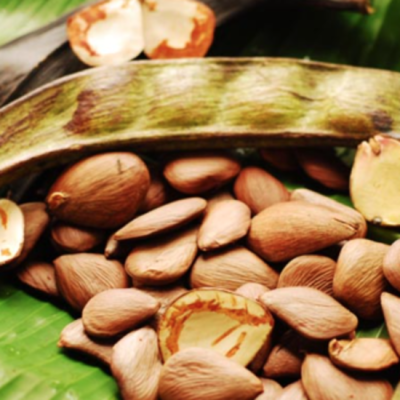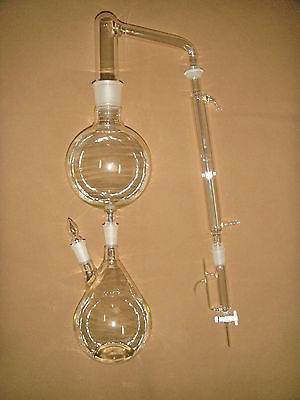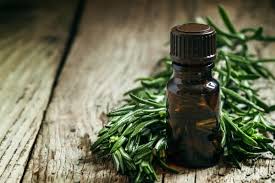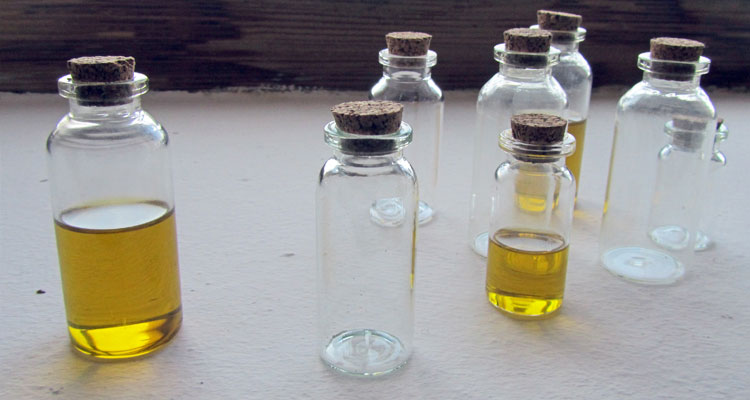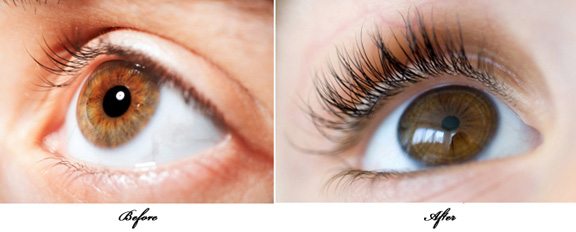Rose Oil Beauty and Health Benefits
“A rose by any other name would smell as sweet”, as Shakespeare wisely said. Roses are, in all their shapes, forms and colors the most identifiable and iconic flower in nature. Cultivated as far back as five thousand years ago in China, they have been a symbol of love, beauty, perfection and even war, as evidenced by the “War of the Roses” in medieval England. Roses are also abundant in art and iconography throughout the ages, appearing in stories, portraits and even architectural design. It is therefore unsurprising that they also play a vital role in aromatherapy, occupying a prominent position in any must have list or starter kit of essential oils.
Background
The name “rose” comes from the Latin which is itself derived from the Greek word for pink or red. In the science of essential oils there are two types of rose oil. Both come from the same variety of roses, namely a combination of rosa Centifolia which produces pink flowers, rosa gallica which produces red ones, rosa damascena which also produces pink flowers. Rosa damascena is the most prized variety. But the difference in the two oils is not due to any specific variety or rose used or of its provenance or any other such variable. The difference is in the method of extraction. The first one, rose absolute is extracted by solvents from the rose petals. The second one, rose otto is steam distilled and as such considered more precious and of superior quality by some aroma-therapists. It is also more expensive.
Properties of Rose Oil
In reality their properties overlap to a very large extent and although rose otto is more subtle and more delicate, rose absolute has a stronger and more powerful scent. Visually, rose absolute is brown-red or green-orange with quite a viscous texture while rose otto is clear or pale yellow and can solidify at room temperature because of the wax components in the oil. Note that it also thaws very quickly, usually by being briefly warmed up between the hands. The less the waxing effect appears the higher the quality of the oil.
The oil content of the petals from which the oil is actually extracted is not very high. This means that it takes tons of roses to extract any substantial amount of the precious liquid which is also what gives this oil its precious aura. Imagine concentrating all the flowers used to make one small bottle of rose oil in one room, no room would be big enough. The flowers mainly originate from Bulgaria, France, China, Morocco, Italy and Turkey.
This “king” of flowers for whom poems have been written has some truly remarkable properties. It is tonic, antidepressant, antiseptic, uterine, anti-spasmodic, aphrodisiac sedative, hepatic and nervine. This means that it treats any number of ailments, from difficulty of conceiving to acne which means that for many experts it is the finest and most seductive oil. In its purest form it can keep almost indefinitely.
Rose Oil Uses for Babies
Rose oil is one of the few oils together with lavender, mandarin, chamomile and neroli that can be used for babies albeit in very small quantities and diluted. No more than one drop can be used at any given time and for babies, it is also not recommended to blend the oils but to use them individually, one after another.
The most appropriate use of essential oils for babies is in a massage which can have many beneficial effects in stimulating brain activity, providing muscular stimulation and creating a bonding occasion with the parent. Studies show that baby massage can result in better sleep, less anxiety to novel situations and of course health. Massage is better than using in a bath where the baby might rub eyes or put fingers in the mouth and thus accidentally swallow even residue of oils.
Of note, is that rose water, another staple of the cosmetic and food industries is a byproduct of rose oil and that roses also yield rosehip seed oil, which is effective in treating burns, scars and wrinkles, and promotes tissue regeneration. Floral scents, and rose in particular, are romantic, feminine and delicate. Sensual and sweet, rose oil’s key action and energy is a balancing one for troubled or emotional times. Rose oil blends well with Frankincense, Myrrh, Patchouli, Sandalwood, Clove, Bergamot, Rosewood, Melissa, Benzoid, Palmarosa, Clary Sage and all other florals.
Health Benefits and uses of Rose Oil
REPRODUCTIVE HEALTH
Rose is a powerful ally for women throughout the cycle and life of the reproductive system. It helps with irregular or blocked periods and Pre Mestrual Syndrome (PMS) with all its inconveniences like cramps, bloating, mood swings and even excessive bleeding. At the other end of the spectrum, it also helps curb the effects of menopause and it has even been known to assist conception in women that have had difficulty conceiving through other treatments. It is truly miraculous, largely due to the fact that it has a tonic and cleansing effect on the uterus and can help express and invigorate sensuality.
Its powerful aroma can even bring relief and help with post natal depression which can be quite a debilitating affliction and a moment of powerful disconnection.
ANTISEPTIC
Rose oil is undoubtedly the most luxurious antiseptic. Could there be a better way to treat wounds than with this fragrant oil? It is a much more effective and natural alternative to everyday antiseptic lotions. Rose oil can be topically applied to wounds to prevent them from becoming septic and to protect against infections. The added bonus being the extraordinary scent.
Because it has such powerful antibacterial properties it can also be used to treat gum sores and cold sores and most infections resulting from micro-organisms.
INFLAMMATION
Rose oil can help alleviate any number of inflammations of the body. It can be given to a patient with high fever to sedate the inflammation and help the body’ defenses. It has also been known to reduce and sooth arthritic and rheumatic flare ups.
It is also used to sooth the digestive system. With its anti-inflammatory properties, it promotes the healthy function of the stomach and protects it from infections. Conditions such as, irritable bowels, indigestion, hyperacidity, heartburn and bloated stomachs are tackled with the use of Rose oil. This is because rose oil helps regulate both the flow of bile and the acidity of the blood. The best ways to apply are either in a cold compress or a few drops in a soothing and relaxing bath.
As part of its effect on the digestive system, surprisingly, rose oil is also a natural laxative. It relaxes the muscles and helps combat constipation thus preventing the accumulation of toxins in the body.
Mastitis is a specific inflammation of the breasts that can occur when breastfeeding but also as a premenstrual symptom. In these cases a cold compress with rose, geranium and chamomile can have a soothing and cooling effect. Of course, if the symptoms persist, it is best to consult a qualified medical professional. Also, since all essential oils can be harmful to infants, if breastfeeding, all traces of the compress must be thoroughly cleaned before the next feed.
NERVES AND SPASMS
Rose is an effective tonic for the nerves as it helps manage shocks and the general wear and tear of life on them. This oil can help steady hands and generally increase positive thoughts and feelings of joy by infusing calm and a sense of harmony in ots wake.
This miraculous oil also has a relaxant effect and relieves respiratory and intestinal spasms as well as spasms in various muscles and limbs. It tackles convulsions, cramps and pulled muscles and soothes them.
IMMUNITY
Rose oil, stimulates immunity by helping remove and eliminate toxins from the blood and stimulating the liver’s cleansing function. It is astringent, which means that it causes the contraction of cells and other body tissues. This is good, to avoid hair loss, tooth loss and maintain the vitality of the liver, kidney and other organs. Rose oil also helps maintain muscle tone and the optimal function of the intestines thereby delaying the effects of aging.
A stimulating rose massage can provide deep tissue stimulation, increase energy and boost immunity.
Beauty Benefits and uses of Rose Oil
SKIN CARE
Rose oil has amazing anti-inflammatory and moisturizing properties that leave the skin hydrated and more. Redness and blemishes are visibly reduced by combating inflammation but also through rose’s astringent capabilities as detailed previously. Thanks to its astringent effect, the pores are constricted and the skin rejuvenated. It can even be applied as a compress to help with puffy and tired eyes. What is important to note, is that it suits all skin types, including sensitive ones.
Rose oil’s anti-bacterial properties also make it a good ally to combat acne and regenerate skin. Apply directly on the affected skin with a cotton wool bud or dilute with a base oil to have it stretch further. It can help eliminate blemishes, soften the appearance of scars and stimulate skin regeneration.
It can also make for a lovely body scrub when mixed with sugar and coconut oil with an added dash of lavender or vanilla oil.
PERFUME
Rose, with its distinctive scent and defined character is of course a staple of the cosmetic and perfume industry.
All essential oils can be classified in relation to each other in what resembles a “scale” system. Each oil can be classified as belonging to top, middle or base notes. Top notes are volatile, fresh and dissipate quickly. Middle notes represent the core of any essence and have slightly longer presence. Finally, base notes are textured, heavy and deep and act as binding element rounding the blend.
Rose oil is a floral oil with rose otto being more of a top note oil and rose absolute being more of a fixative.
Everyone tends to be attracted to the scents and oils that best benefit them and although there are no definitive rules a good start for experimentation would be to combine essential oils that belong to Top, Middle and Base notes to create fragrances that last and develop over time.
Below are some scents that blend well with rose oil categorized in each of the three “note” variations.
Top: Bergamot, Sweet Orange, Grapefruit.
Middle: Melissa, Neroli, Palmarosa
Base: Sandalwood, Patchouli, Yland Ylang, Frankincense, Clove
So with rose as the base ingredient, some great combinations include:
Ylang ylang, patchouli and grapefruit for an aromatic room spray, for a romantic evening.
Rose oil, Neroli and Jasmine to diffuse or use as a massage oil.
Rose water can even be used in a spray diluted with water to freshen up a room or a linen cupboard.
Wellbeing Benefits and uses of Rose Oil
APHRODISIAC
In Ayurveda, it is believed that the body contains seven chakras or areas of spiritual energy that reside across the trunk from the base to the crown of the head. Each chakra corresponds to specific areas of the body and regiments specific emotions. Rose is associated with the heart chakra and it helps open the heart to ourselves and to others. This makes it also a powerful stimulant for the libido and since it acts as a tonic for the female reproductive system, it can increase sexual desire.
ANXIETY AND GRIEF
Rose’s exquisite smell is a powerful antidote to both grief and anxiety. It can aid in combating depression and its soothing smell is particularly indicated to combat grief either in meditation, massage or simple diffusion. It has the capacity to gently support and lift the spirits.
Best Blending combinations of Rose Oil
Essential oils work well individually and their benefits and distinctive scents can be experienced as such.
But by blending oils, we are doing more than mixing flavors. There are combinations that can create powerful synergies whereby we are not simply experiencing each individual benefit but the oils enhance and influence each other thereby producing exponential benefits. Blending is a creative process and an individual one and it is important to follow intuition and personal preference when practicing it.
When first attempting it is best to stick to a maximum of three or four essential oils and always take into account personal preferences, intended usage or symptoms that need to be treated and emotional and psychological factors. For those who need a little bit more guidance to start with, below are a few tried and tested combinations that work particularly well and have proven their efficacy, using rose oil as a prime component:
- Rose, Clary Sage and Geranium blended in a massage oil can be the ideal way to bring relief from PMS
- Rose, Lavender, Patchouli can help to promote healing and reduce the scarring associated with operations and post-operative care.
- Rose and Neroli to help uplift the spirits following a miscarriage.
- Rose, Sandalwood, Neroli and Frankincense is a great way to awaken and rejuvenate aging skin.
- Rose, Roman Chamomile and Lavender are a particularly powerful blend to rub on the body to sooth from the effects and the discomfort of chickenpox.
- Rose, Neroli, Clary Sage and Jasmin are recommended for an uplifting effect to counter depression either diffused in a burner or used in a massage or bath.
- Rose, Mandarin and Lavender are a blend that can help calm hyperactivity in children that is also safe for them.
- Rose, Sandalwood and Frankincense mixed together can create a facial serum that can function as an overnight mask, to rejuvenate the skin
- Rose and Melissa blended together, can be applied, undiluted or blended with a carrier oil, directly on the sores to help with herpes outbreaks.
Some precautions when Using Rose Oil
- Even though rose oil is not known to cause allergic reactions, like all essential oils, it must be tested in small doses and on small areas of the skin to safely preclude that possibility.
- It is not suitable during pregnancy, particularly in the early days and specifically if there is a history of miscarriage.
- When used to alleviate headaches, the smell can be quite soothing, in small quantities. But, if overused, with its heady tone, it can also aggravate the condition.
- Although safe to use undiluted, the scent is so powerful and expensive that it can be thinned out without losing its essential properties. This means that we can experience its benefits even diluted. However this applies if the quality of the oil in our hands in the first place, is of grade A standard. It is not the case if the oil is purchased somewhere that has fraudulently tampered with the composition of the oil.
- All essential oils must be kept away from children.
- Avoid splashing essential oils in the eyes and always rinse thoroughly if the eyes get affected accidentally.
- Always try and source the highest affordable quality oils and ensure that they are free of pesticides or herbicides, to maximize wellness and get the full benefits or essential oils and of aromatherapy.
